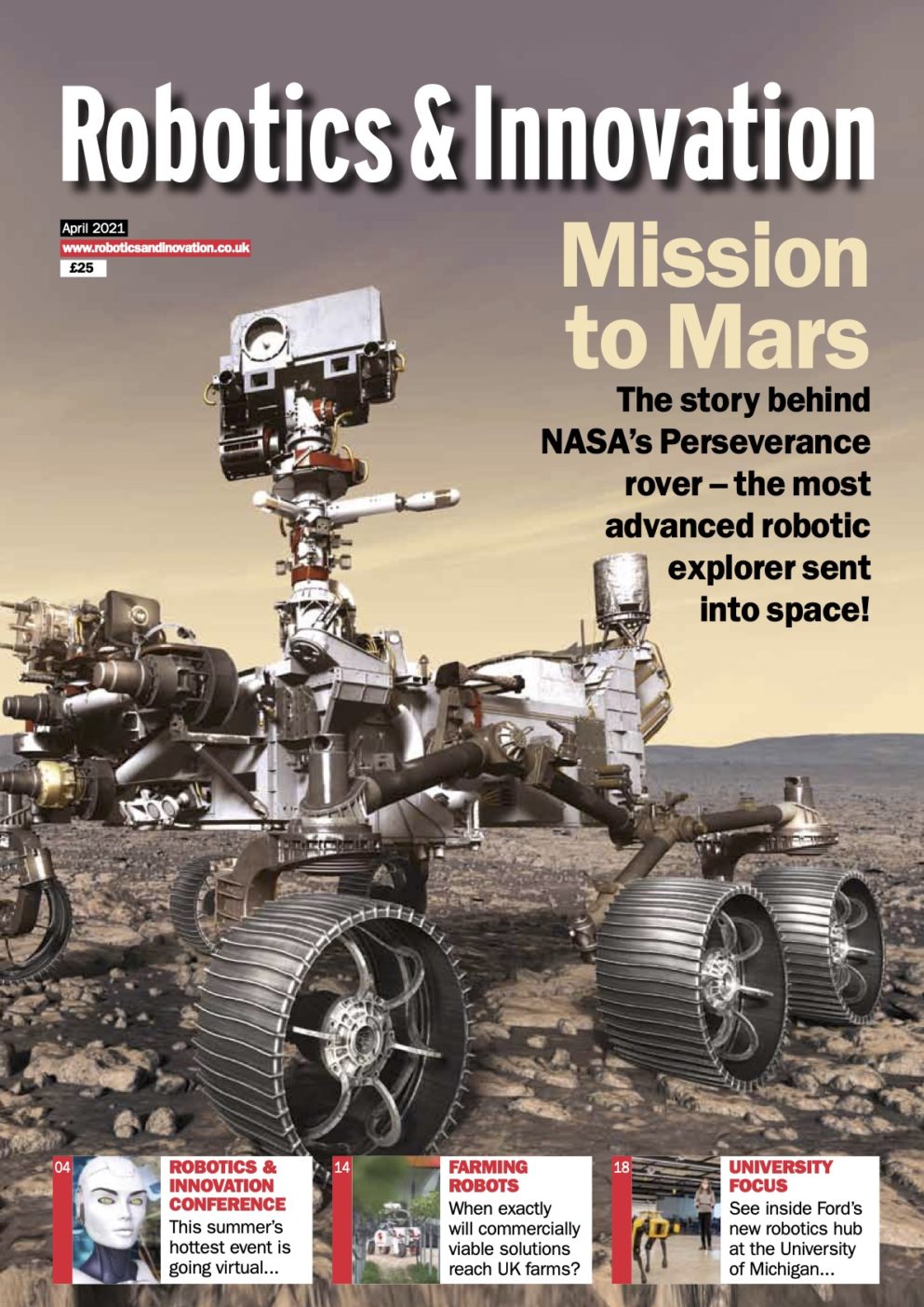NASA has released a new video that lets viewers tour its Curiosity rover’s location on a Martian mountain, to coincide with the vehicle’s ninth year on Mars.
In the video, which can be viewed above, images of knobbly rocks and rounded hills give way to Curiosity climbing Mount Sharp, a five-mile-tall (8km-tall) mountain within the 96-mile-wide (154km-wide) basin of Mars’ Gale Crater. The rover’s mast camera, or mastcam, highlights those features in a panorama captured on 3 July 2021 – the 3,167th Martian day, or sol, of the mission.
Spacecraft orbiting Mars show that Curiosity is now somewhere between a region enriched with clay minerals and one dominated by salty minerals called sulfates. According to NASA, the mountain’s layers in this area may reveal how the ancient environment within Gale Crater dried up over time. Similar changes are seen across the planet, and studying this region up close has been a major long-term goal for the mission.
“The rocks here will begin to tell us how this once-wet planet changed into the dry Mars of today, and how long habitable environments persisted even after that happened,” said Abigail Fraeman, Curiosity’s deputy project scientist, at NASA’s Jet Propulsion Laboratory in Southern California.
Read more: NASA’s Perseverance rover extracts breathable oxygen from Mars
Curiosity landed nine years ago, on 5 August 2012, to study whether different Martian environments could have supported microbial life in the planet’s ancient past, when lakes and groundwater existed within Gale Crater.
The rover pulverises rock samples with a drill on its robotic arm, then sprinkles the powder into the rover’s chassis, where a pair of instruments determines which chemicals and minerals are present. Curiosity recently drilled its 32nd rock sample from a target nicknamed ‘Pontours’ that will help detail the transition from the region of clay minerals to the one dominated by sulfates.
With it being winter at Curiosity’s location, the skies in the new panorama are relatively dust-free, providing a clear view all the way down to Gale Crater’s floor. It’s provided an opportunity for the mission team to reflect on the 16 miles (26km) Curiosity has driven during the mission.
Read more: NASA’s Ingenuity helicopter completes first Mars flight
“Landing day is still one of the happiest days of my professional career,” said the mission’s new project manager, Megan Richardson Lin. “We’re driving a robot as it explores another planet. Seeing how new discoveries and scientific results guide each day’s activities is extremely rewarding.”
Curiosity has started up a path winding between ‘Rafael Navarro Mountain’, recently nicknamed to honour a deceased mission scientist, and a butte taller than a four-storey building. In the coming year, the rover will drive past these two features into a narrow canyon before revisiting the ‘Greenheugh Pediment’, a slope with a sandstone cap that the rover briefly summited last year.
Learn more about NASA’s Perseverance rover in the April 2021 issue of Robotics & Innovation:








